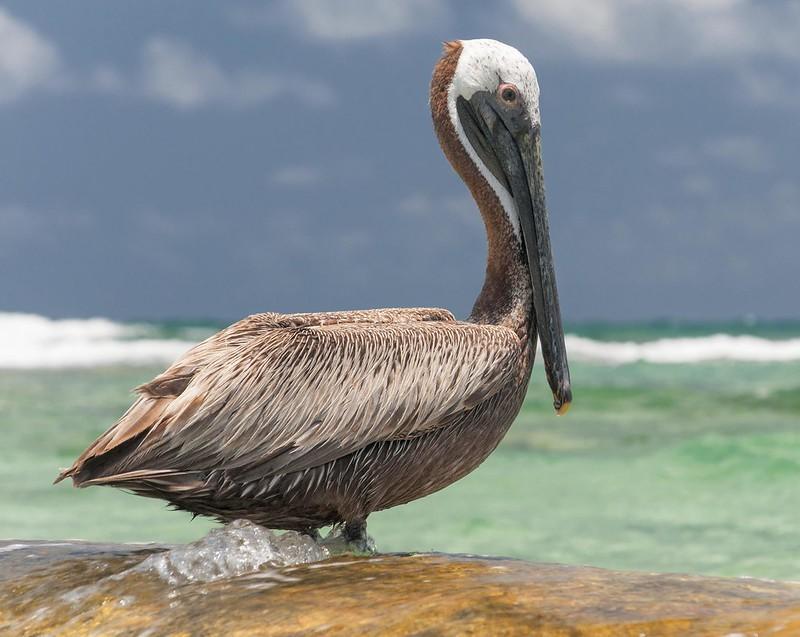Argentina, Bolivia, Guatemala, and Uruguay reported their first highly pathogenic H5N1 avian flu detections in wild birds, part of an ongoing southward expansion in the Americas of a virus that is hitting birds, with some jumps to mammals, in multiple world regions.
Geese, swallows, swans, pelicans affected
In South America, Argentina's agriculture ministry yesterday said the detection occurred in wild geese in Jujuy province, which is in the far northwest of the country, on the border with Chile and Bolivia. Officials declared a health emergency.
Juan Jose Bahillo, the country's agriculture minister, said the finding isn't surprising and that officials had already stepped up surveillance efforts.
In a related development, Bolivia officials reported the nation's first H5N1 detection, which involved swallows found dead on Feb 1 near the city of Secaba in Chapare province in the central part of the country, according to a notification from the World Organization for Animal Health (WOAH). The report said the wild birds were found dead in an area where outbreaks occurred in poultry, which had been reported as highly pathogenic H5 at the end of January.
Uruguay also reported highly pathogenic H5 for the first time in wild birds, according to another WOAH notification. The virus was found in samples from five black-necked swans found dead in a nature preserve in Maldonado department, located on the country's southern coast.
In Central America, Guatemala reported its first H5N1 detection in wild birds, which involves brown pelicans found dead near the end of January at a nature park in Izabal department in the eastern part of the country, according to a third WOAH notification.
More outbreaks in US poultry
Over the past few days, the US Department of Agriculture (USDA) Animal and Plant Health Inspection Service (APHIS) reported more outbreaks in poultry in five states, all involving backyard birds. The states are Florida, Kansas, Missouri, New York, and Washington.
Since the virus was first detected in US poultry a year ago, outbreaks have led to the loss of about 58.4 million birds across 47 states.
Also, APHIS recently reported 31 new H5N1 detections in wild birds, raising the total since January 2022 to 6,192.

















